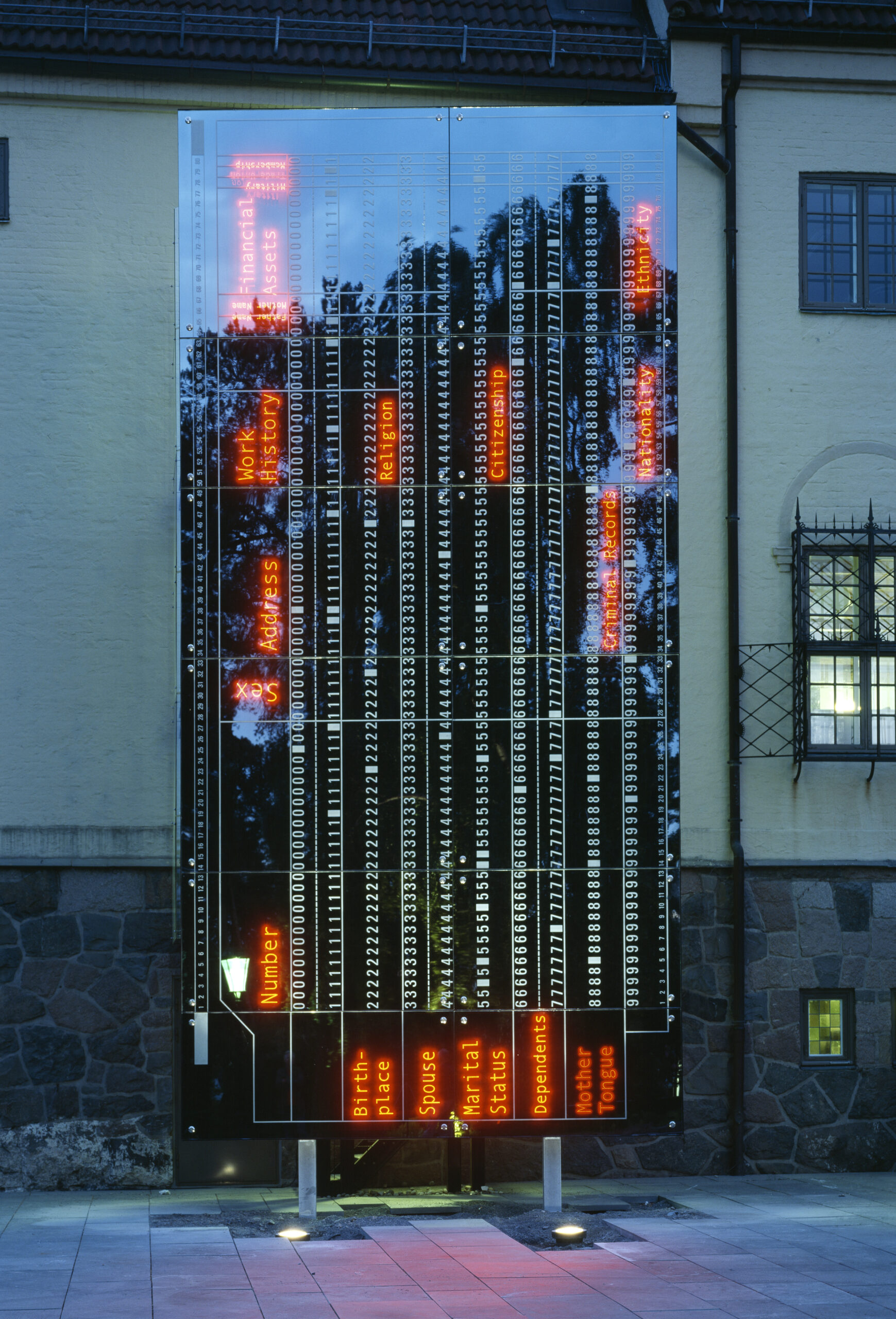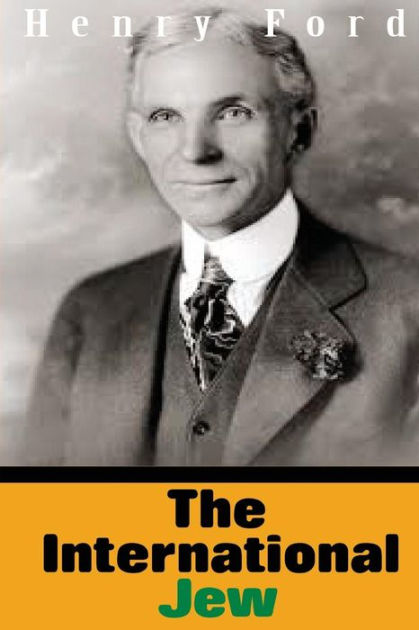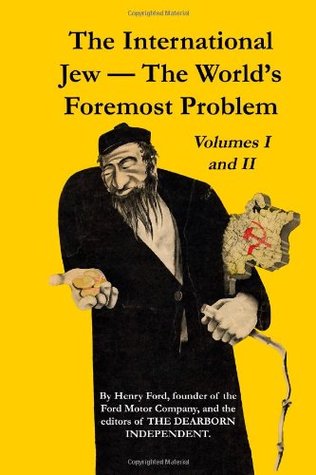(THIS ARTICLE IS MACHINE TRANSLATED by Google from Norwegian)
Have you visited the Center for Studies of Holocaust and philosophical minorities in Oslo, you have probably noticed the installation at the entrance – it lights up at night. This is a monumental piece of art with a story about some of the most grotesque from World War II:
A hole card, or hollerith card or IBM card, as it was commonly called before, is an early advanced digital instrument. It's the German artist Arnold Dreyblatt, even Jew, who made this 9 × 3 meter installation. Dreyblatt grasps the innocent nature of the information card that can be used in anti-human ways in our modern society, ways we do not always know the scope of.

But the installation has a further, sinister message: Throughout the war, the Nazi regime leased 1200 Hollerith machines from IBM / Hollerith Group. With one hole card for the individual prisoner in the concentration camps, Hitler could follow each of them, from the railway track to the gas chamber.
The IBM consultants regularly crossed the border into Germany to update the machines at the concentration camps. Where was the individual prisoner, what did she die of, what degree of Jew was she. Everything was punched in for each individual prisoner. Ordnung must be late! During the war years, the Americans earned billions of dollars from services for the most brutal war criminals that history has seen.
But IBM was just one of many industrial companies that served the Hitler regime and made good money. Car factory edge Henry Ford, for example, let the car factory's income benefit the Nazis. Hitler usually had Henry Ford's pamphlet series The International Jew in the immediate vicinity – it was unparalleled anti-Semitic filth. Ford also pressed Zion's protocols appear in his anti-Semitic periodical The Dearborne Independent in the 1930s.

IBM and Ford were never convicted of their betrayal of humanity. In Norway, we rather tried nurses who had served in German hospitals during the war. Aftenposten recently remembered Henry Ford as a great car factory owner – and locomotive collector!
In front of the HL center, the artwork is a silent testimony of capital's alliance with the deadly forces of war, suffering and betrayal. But also over the powerlessness that states themselves have vis-à-vis the forces of capital.
Ford and IBM are still giants in the world's largest economy. With roots in the arms industry, even better days are ahead.


